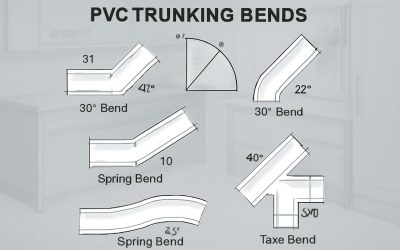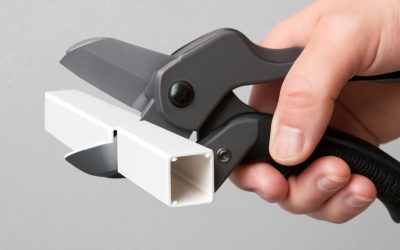
Cable duct is an electrical conduit that provides a safe, secure and organized path for cables within a building or other structure. It also protects the cables from physical damage, moisture and other hazards. In addition, it helps with maintenance, reducing the risk of accidental damage and facilitating troubleshooting. Wiring ducts are relatively inexpensive, easy to install and offer long-term safety and cost benefits.
There are several types of cable ducts, including metallic, fiberglass, and concrete. Each type offers different advantages. Metal wire ducts are durable and sturdy, which makes them a good choice for industrial applications. Fiberglass ducts are lightweight, versatile and resistant to corrosion. Concrete ducts are suitable for large-scale applications such as underground tunnels and bridges.
A cable duct is an open or closed electrical conduit that protects wiring and power cables. It can be made from different materials and used for residential, commercial or industrial applications. It is often used for indoor installations, and it can be installed on a wall, floor or ceiling. It can be either solid or perforated, and it may or may not have a removable cover.
The cable duct market is growing rapidly. The increasing demand for electrical infrastructure and the rapid urbanization are driving growth in this market. In addition, the demand for cable ducts is expected to rise due to the increased use of automation and material handling systems in factories and warehouses. These systems require constant movement of machinery, so they need a flexible and reliable way to route electrical wiring. The cable ducts help protect these cables and ensure the smooth operation of machinery.
In addition to protecting cables and wires, a cable duct can also improve the aesthetics of an installation. A wire duct can be placed behind a wall or in the ceiling, making it less visible to visitors and employees. It can also be covered with a plastic sheet or painted to match the walls and furniture in the room.
In a commercial setting, a cable duct can be used to run a network of monitors in the same room. This can increase productivity by allowing workers to access the monitors without leaving their desk. It can also reduce the number of trip hazards caused by cords that are running across floors or up and down walls.
In addition to providing protection from physical damage, a cable duct can help minimize distortions in higher temperature environments. It can also protect the cables from corrosion and prevent fires. In addition, it can prevent accidents from occurring by minimizing the chances of accidentally cutting or pulling on a wire. Finally, it can provide insulation and reduce the risk of fires caused by short circuiting. In addition, a cable duct can prevent accidents caused by accidental tripping.



0 Comments